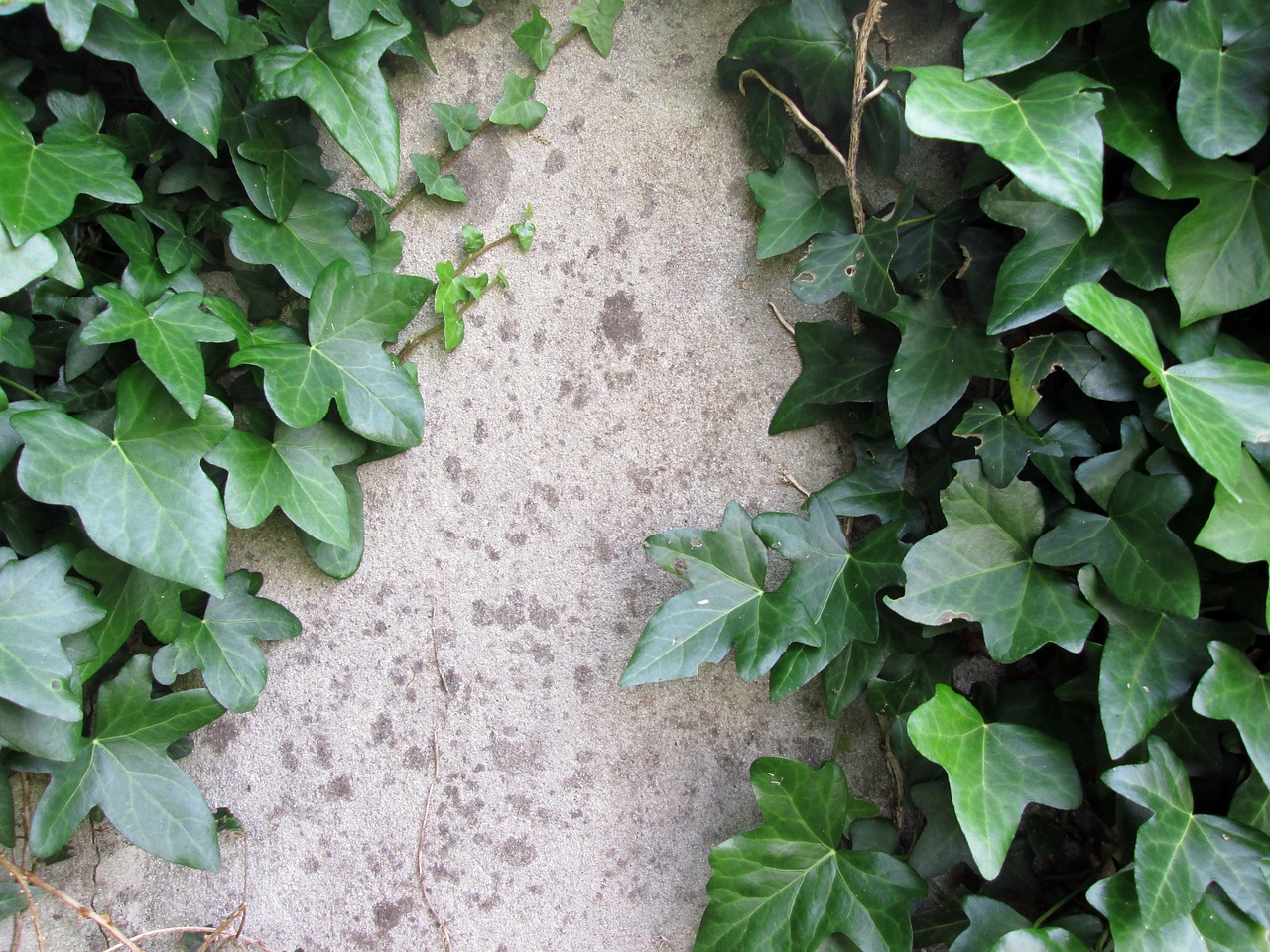The ivy or Hedera plant is a climber that is adored for its ability to add lush greenery to a landscape all year round, cover walls and building facades for aesthetic purposes and provide a hardy groundcover for areas where grass has difficulty growing. Simultaneously, certain species in certain areas have a tendency to grow uncontrollably and can become noxious if they’re allowed to get out of hand. For this reason we’ve compiled a list of some of ivies and their uses especially for Westchester County and surrounding areas that fall under the plant hardiness zone 6b.
Baltic Ivy (Hedera helix baltica)
Originating from Eastern Europe, particularly the Baltic region, Baltic ivy is well suited to Westchester County’s cold winters. Like most ivy cultivars, Baltic ivy retains its color all year round. The deep green leaves are a medium size and grow together in a dense arrangement. As wall-cover, Baltic ivy can grow up to 20ft high, spreading out in large swathes even in shaded areas. As a groundcover, Baltic ivy grows in tight clumps of approximately 2 feet per plant, maintaining a low profile at around 6 inches tall. Unlike more fragile groundcover alternatives, Baltic ivy can withstand light foot traffic, although, like English ivy, it can cause skin allergy in sensitive individuals.
English Ivy (Hedera helix)
Although more invasive than Baltic ivy, English ivy is not without its uses. It grows quickly and easily with very little care and adheres firmly to almost any surface (although it does prefer non-reflective, porous structures.) With three or five small pointed leaves, English ivy is slightly lighter than the Baltic variation and has been used traditionally as wall-cover in order to cool a building’s facade and maintain a comfortable temperature during summer. Some insulative properties are prevalent in winter as well, although the insulation of modern homes renders this use largely unnecessary. Because of its hardiness, density and rampant nature, English ivy can also be used as a weed-suppressing groundcover.
Irish Ivy (Helix hibernica)
With larger leaves and a wider central leaf lobe than those of English ivy, Irish ivy is an elegant ornamental plant, but spreads wildly when used as a groundcover. Irish ivy is often confused with the English variant, but it can distinguished by its honey-like scent when crushed. As with all variants, care needs to be taken to keep Irish ivy under control. This cultivar can be particularly noxious, but this can be prevented by keeping it as a potted plant or for use in a hanging garden.
Boston Ivy (Parthenocissus tricuspidata)
Although not a true ivy, the Boston ivy shares many similarities with the Hedera genus, both visually and in the behavior of its growth. The Boston ivy is in fact more closely related to the Virginia creeper (Parthenocissus quinquefolia) and is also a member of the grapevine family. However, we have included it here because of it being widely referred to as an ivy. The Boston ivy is not evergreen and instead turns an attractive crimson in the fall. Like most species of Hedera, the Boston ivy has three-pointed leaves, with the serrations associated with the grapevine. The Boston ivy secretes a chalky substance which it adheres to walls, which makes it easier to remove from a building’s facade than English ivy. Like common ivy, it can grow out of hand. For this reason, keeping it in an ornamental vase or planter can help keep its growth well-managed.
RELATED: 5 TOP FLOWERING PERENNIALS FOR BRINGING COLOR TO YOUR LANDSCAPE DESIGN


